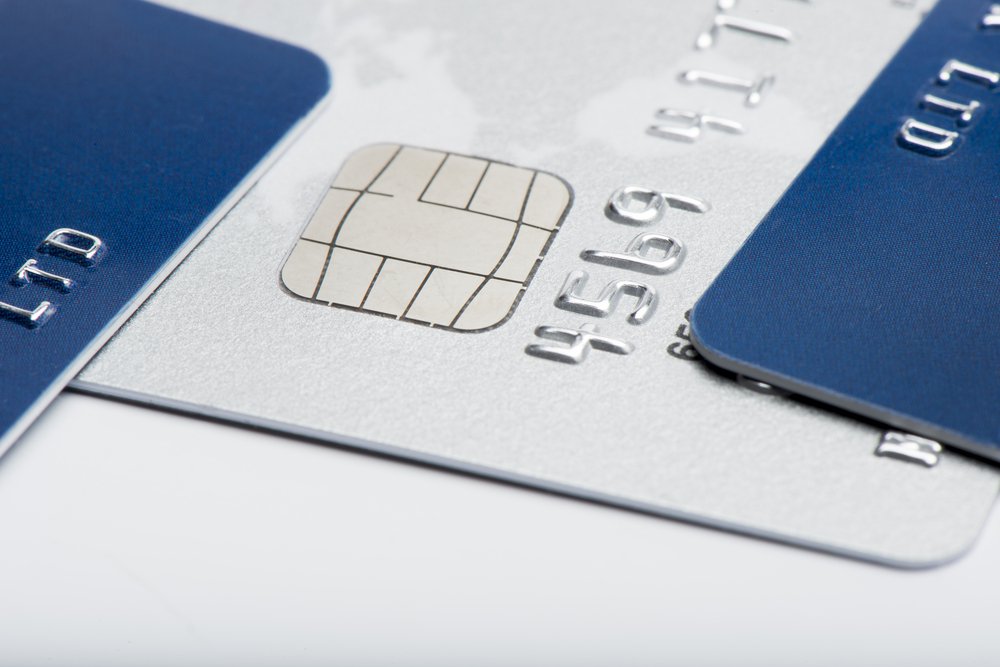We have all been in those situations where we are ringing up a transaction and the card reader, for whatever reason, will not process the customer’s card. This can be a real annoyance and so we are relieved when at this time, we remember that we can simply key in the card and complete the transaction.
Seems innocent enough, right?
The truth is, this is actually costing you more than you probably realize. If you are a business owner who deals with processing credit card payments at a checkout, you need to be aware of the dangers of doing this and know why you should never key in a transaction.
Keyed-in transactions and credit card fees
When it comes to the subject of keying in credit card transactions, we first need to get some background and take a look at how credit card fees work.
From the perspective of the payment processing company, there is always a certain level of risk involved when it comes to credit card payments. The processing company cannot actually guarantee that a payment is going to go through and so it must take certain precautions to guard against the possibility of fraud.
Furthermore, there are certain circumstances where the risk is considered to be even higher and the processing company needs to set its rates appropriately to protect itself.
One such area where the processing company will see a higher risk is in keyed transactions.
Why are keyed transactions considered risky?
A keyed transaction can appear to be fraudulent since the processing company is not able to verify that the credit card was present at the time of the transaction. Using credit card numbers fraudulently is an area of great expense to companies with costs of up to millions of dollars per year.
To alleviate this risk, the credit card processing companies will set its rates accordingly. A keyed payment will be charged a higher processing fee because it appears fraudulent and will put your company in the position of losing money. You are also putting yourself in the position of having a potentially fraudulent transaction which will have even further financial setbacks for you.
Keying in a credit card transaction may seem innocent but it comes with a great cost to your company and simply isn’t worth the expense or risk.
How to reduce the risks of a keyed transaction
As you can see, the cost of keying in a credit card transaction is far too great to risk. However, there are times when a customer’s card will have legitimate problems with being read and you will have no other choice than to key in the transaction.
In a rare case like this, you will want to know the correct steps to take to alleviate the risks involved with keyed transactions. The following are some important steps to take.
- Settle your terminal as soon as possible. A beneficial first step that you can take to protect yourself is to settle your terminal as soon as possible. Most credit card companies have a set time limit of 24 to 48 hours to settle a terminal. Settling your terminal within the time frame set by your credit card processing company will help you avoid the higher transaction rate being charged to a whole day’s worth of transactions.
- Invest in a mobile card reader. It is also a good idea to invest in a mobile card reader if you ever perform off-site transactions that would normally require keying in a card manually.
If you take these simple precautions when it comes to keyed transactions, you will reduce risks and extra unwanted costs and have an overall more stress-free existence.



